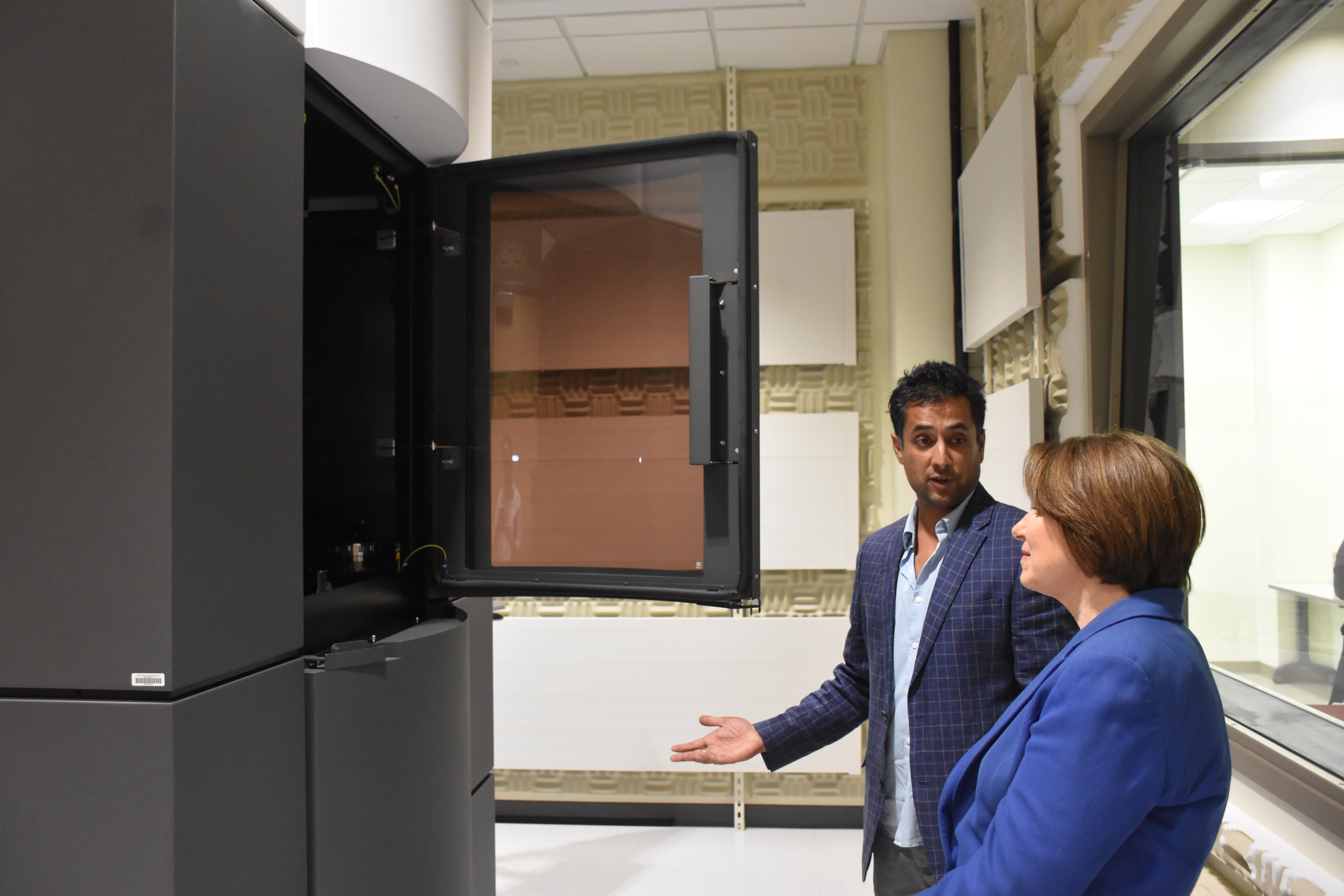Jail bed surplus may spark debate
Published 10:11 am Friday, June 10, 2011

Unused jail space around the state has some thinking there is room for opportunity rather than concern. -- Eric Johnson/photodesk@austindailyherald.com
One county’s hardship is another’s opportunity.
Many Minnesota counties are running into problems with new jails and decreased crime rates leading to a boom in unused jail space. Though some view this as a concern, others see it as a chance to work together to share services.
“I would look at this more as an opportunity not a concern,” County Coordinator Craig Oscarson said.
The Star Tribune reported this week that there are 3,000 empty jail cells in the state. But local officials aren’t concerned about unused jail space.
“I don’t believe we’re going to have this issue,” Sheriff Terese Amazi said.
“Our felony filings continue to increase,” she added.
The jail population is slightly below projections, but not enough to raise serious concerns.
The jail has averaged 65 to 70 male inmates and about five female inmates. Projections called for the jail to be around 90 inmates. Though the 128-bed jail is not using every bed, it can only legally house 88 inmates at current staffing levels. Once the averages consistently surpass 88, Oscarson said an extra five jailers would need to be hired.
So far, Oscarson said the county is below average for the number of females in the jail, which creates opportunity.
“We have excess female space,” Oscarson said.
Many other counties are short on female space, too, so Oscarson said counties are in discussions to share services.
Amazi noted staffing difficulties come from select groups that need to be separated from the general, male populations, like female and mental health inmates. These groups require staffing for a lower number of inmates.
Counties are now looking to share the workload of housing specific and traditionally small inmate groups. Oscarson said a few counties could be the designated facilities to house female inmates.
“It would make it more efficient when it comes to staffing,” Oscarson said.


